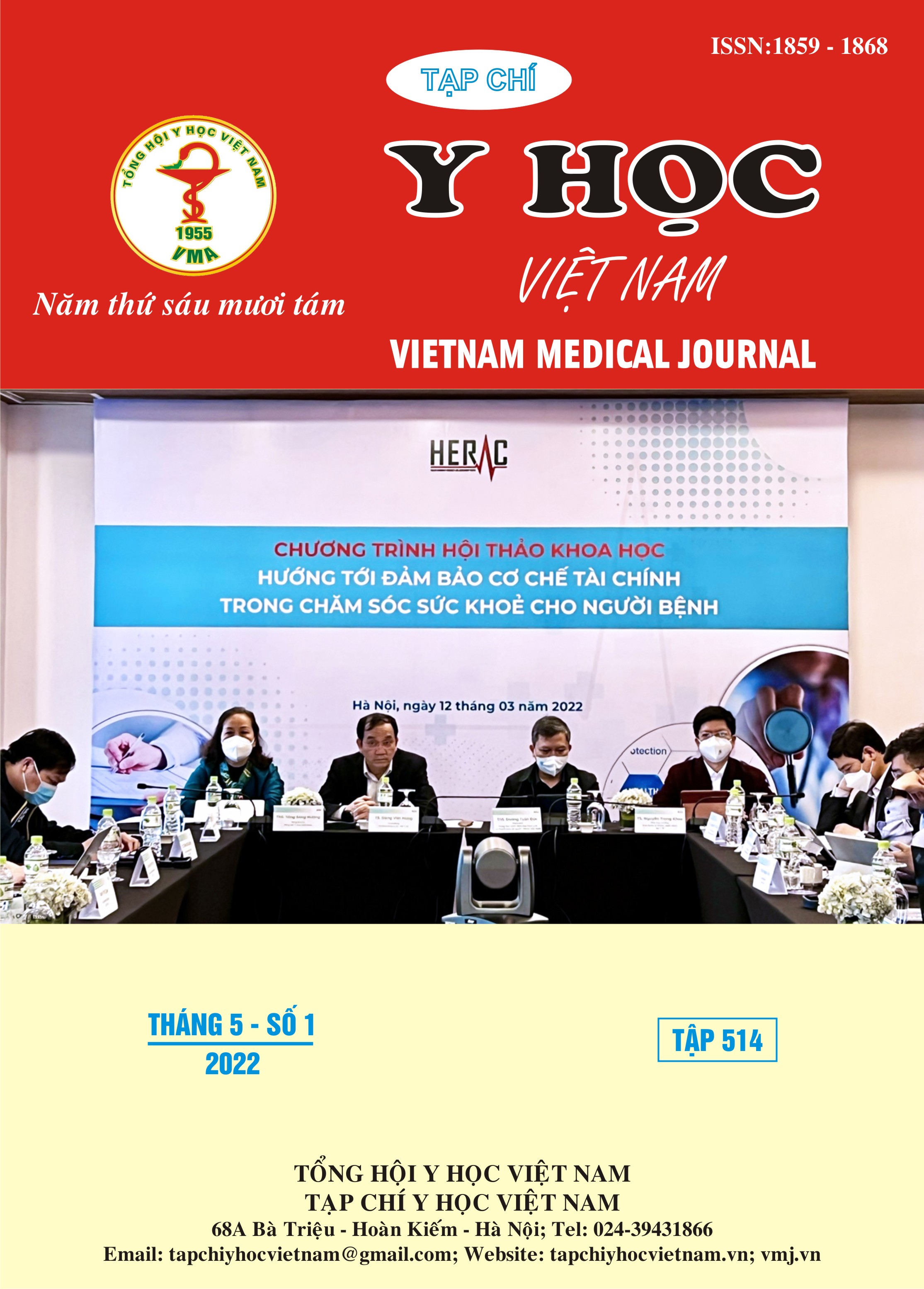THE EFFECT OF PERIAMPULLARY DIVERTICULUM ON THE SUCCESS OF ENDOSCOPIC RETROGRADE CHOLANGIOPANCREATOGRAPHY
Main Article Content
Article Details
Keywords
Periampullary diverticulum, ERCP, common bile duct stones
References
1. Balik, E., et al., Parameters That May Be Used for Predicting Failure during Endoscopic Retrograde Cholangiopancreatography. J Oncol, 2013. 2013: p. 201681.
2. Boix, J., et al., Impact of periampullary duodenal diverticula at endoscopic retrograde cholangiopan creatography: a proposed classification of periampullary duodenal diverticula. Surg Laparosc Endosc Percutan Tech, 2006. 16(4): p. 208-11.
3. Egawa, N., et al., Juxtapapillary duodenal diverticula and pancreatobiliary disease. Dig Surg, 2010. 27(2): p. 105-9.
4. Jayaraj, M., et al., Periampullary Diverticula and ERCP Outcomes: A Systematic Review and Meta-Analysis. Dig Dis Sci, 2019. 64(5): p. 1364-1376.
5. Ketwaroo, G. and W. Qureshi, ERCP Success Rate and Periampullary Diverticula: The Pocket Makes No Difference. Dig Dis Sci, 2019. 64(5): p. 1072-1073.
6. Lobo, D.N., T.W. Balfour, and S.Y. Iftikhar, Periampullary diverticula: consequences of failed ERCP. Ann R Coll Surg Engl, 1998. 80(5): p. 326-31.
7. Sun, Z., et al., Different Types of Periampullary Duodenal Diverticula Are Associated with Occurrence and Recurrence of Bile Duct Stones: A Case-Control Study from a Chinese Center. Gastroenterol Res Pract, 2016. 2016: p. 9381759.
8. Tham, T.C. and M. Kelly, Association of periampullary duodenal diverticula with bile duct stones and with technical success of endoscopic retrograde cholangiopancreatography. Endoscopy, 2004. 36(12): p. 1050-3.
9. Wu, S.D., et al., Relationship between intraduodenal peri-ampullary diverticulum and biliary disease in 178 patients undergoing ERCP. Hepatobiliary Pancreat Dis Int, 2007. 6(3): p. 299-302.
2. Boix, J., et al., Impact of periampullary duodenal diverticula at endoscopic retrograde cholangiopan creatography: a proposed classification of periampullary duodenal diverticula. Surg Laparosc Endosc Percutan Tech, 2006. 16(4): p. 208-11.
3. Egawa, N., et al., Juxtapapillary duodenal diverticula and pancreatobiliary disease. Dig Surg, 2010. 27(2): p. 105-9.
4. Jayaraj, M., et al., Periampullary Diverticula and ERCP Outcomes: A Systematic Review and Meta-Analysis. Dig Dis Sci, 2019. 64(5): p. 1364-1376.
5. Ketwaroo, G. and W. Qureshi, ERCP Success Rate and Periampullary Diverticula: The Pocket Makes No Difference. Dig Dis Sci, 2019. 64(5): p. 1072-1073.
6. Lobo, D.N., T.W. Balfour, and S.Y. Iftikhar, Periampullary diverticula: consequences of failed ERCP. Ann R Coll Surg Engl, 1998. 80(5): p. 326-31.
7. Sun, Z., et al., Different Types of Periampullary Duodenal Diverticula Are Associated with Occurrence and Recurrence of Bile Duct Stones: A Case-Control Study from a Chinese Center. Gastroenterol Res Pract, 2016. 2016: p. 9381759.
8. Tham, T.C. and M. Kelly, Association of periampullary duodenal diverticula with bile duct stones and with technical success of endoscopic retrograde cholangiopancreatography. Endoscopy, 2004. 36(12): p. 1050-3.
9. Wu, S.D., et al., Relationship between intraduodenal peri-ampullary diverticulum and biliary disease in 178 patients undergoing ERCP. Hepatobiliary Pancreat Dis Int, 2007. 6(3): p. 299-302.


